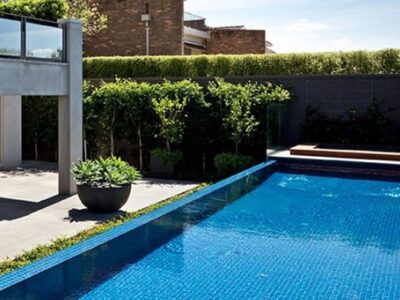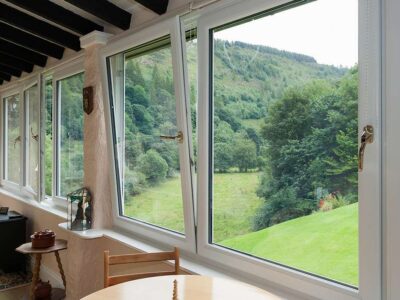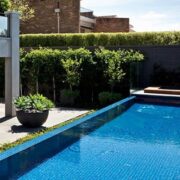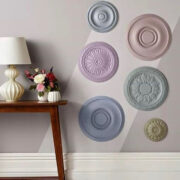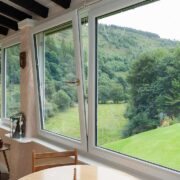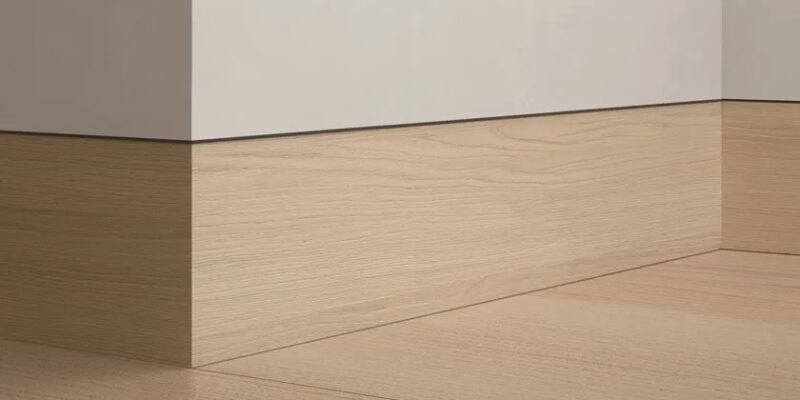
Pencil skirting boards, commonly referred to as pencil moldings or pencil trims, are a common choice for giving interior spaces a streamlined and minimalist feel.
These thin skirting boards are frequently utilized as a subtle impact or finishing touch that harmonizes with a variety of architectural designs and interior decors. Each type of skirting board has unique qualities that add to the overall design and usability of pencil skirting boards.
Pencil Skirting Boards
A pencil skirting board can also be made of composite materials like wood-plastic composites (WPC) or fiberglass-reinforced polymers (FRP). These materials combine the benefits of various components to produce a robust and functional product. Composite skirting boards are appropriate for places that are prone to moisture or humidity because they resist rot, insects, and insects. To accommodate varied design tastes, they come in a variety of finishes, such as:
- smooth surface
- wood-like surfaces
Acrylic
Acrylic skirting boards are often made of this lightweight, adaptable material. It offers simplicity, openness, and a contemporary appearance.
Clear and frosted acrylic skirting boards are only two of the many hues and treatments that are offered. Since they don’t visibly dominate the space, they are frequently utilized in modern or minimalist designs, allowing for the integration of skirting boards.
Hybrid Materials
Hybrid materials integrate many components to provide particular qualities and traits. For instance, hybrid skirting boards made of wood and aluminum combine the warmth and beauty of wood with the toughness and slenderness of aluminum. These hybrid alternatives offer a special synthesis of aesthetics and utility, accommodating various design requirements and preferences.
Compressed Fiber Cement
Compressed fiber cement skirting board is a hardy and fire-resistant substance. Cement, cellulose fibers, and other additives make up its composition.
This substance has high dimensional stability and is pest, rot, and moisture resistant. In business settings or locations where fire safety is an issue, compressed fiber cement skirting boards are frequently employed.
Glass
Although less frequent, glass skirting boards can give a room a sleek, futuristic appearance. They provide a transparent and reflective surface that improves how light and space is perceived. For modern designs or places where a smooth and clean appearance is sought, glass skirting boards are perfect. Due to its fragility, installation and maintenance must be done carefully.
Wood
Wood is a traditional and adaptable material that is utilized in skirting boards. There are numerous varieties of wood that are frequently utilized, including oak, pine, beech, and walnut. Wood provides:
- timeless charm
- natural warmth
- aesthetic beauty
To complement various interior design trends, it can be stained, painted, or left with a natural appearance. Because of its renown for toughness and longevity, wood makes an excellent basis for skirting boards. Also, pencil skirting board is also a great option when it comes to long-lasting skirting boards.
Final Words
Different types of materials are used to make skirting boards, each of which has unique qualities and benefits. You may improve the aesthetic appeal of your interior space while ensuring longevity, ease of maintenance, and consistency with the overall design scheme by using the material that best suits your design tastes and unique needs.


